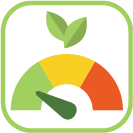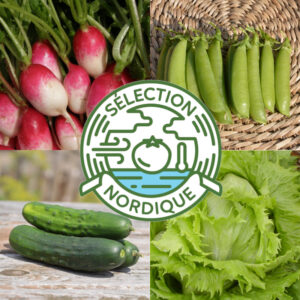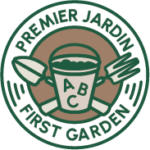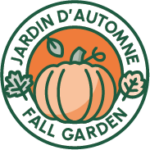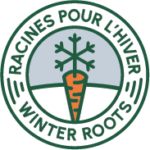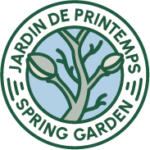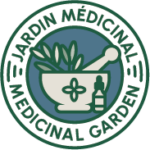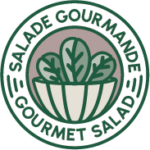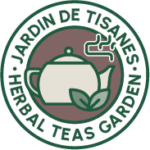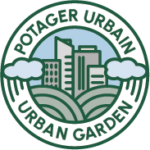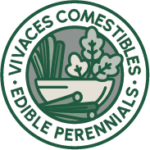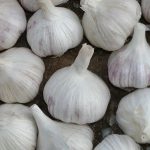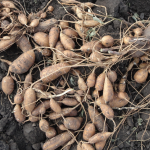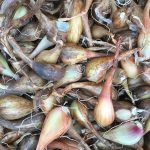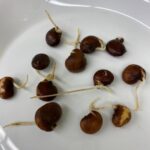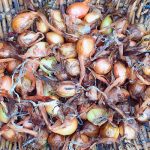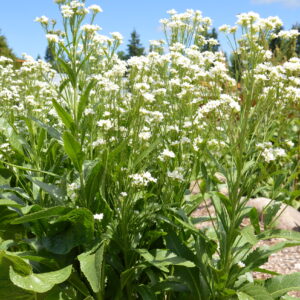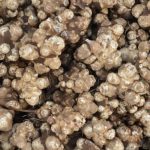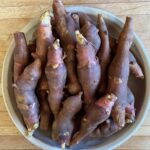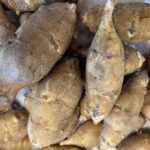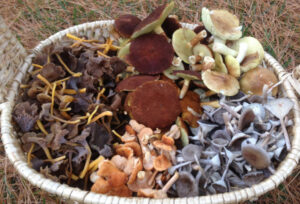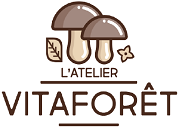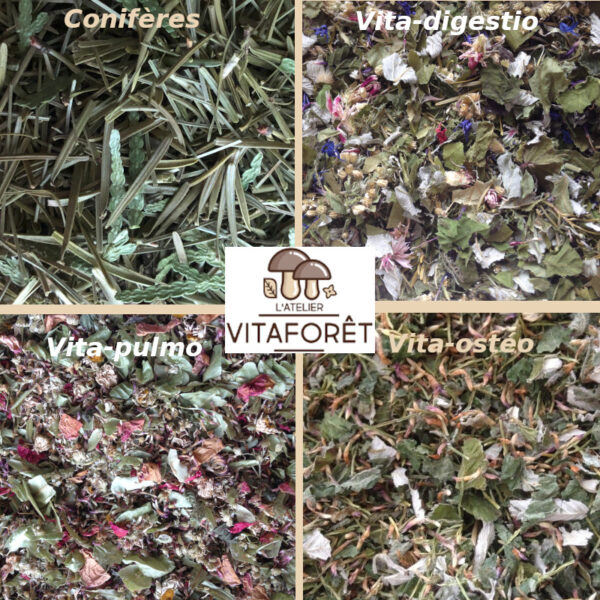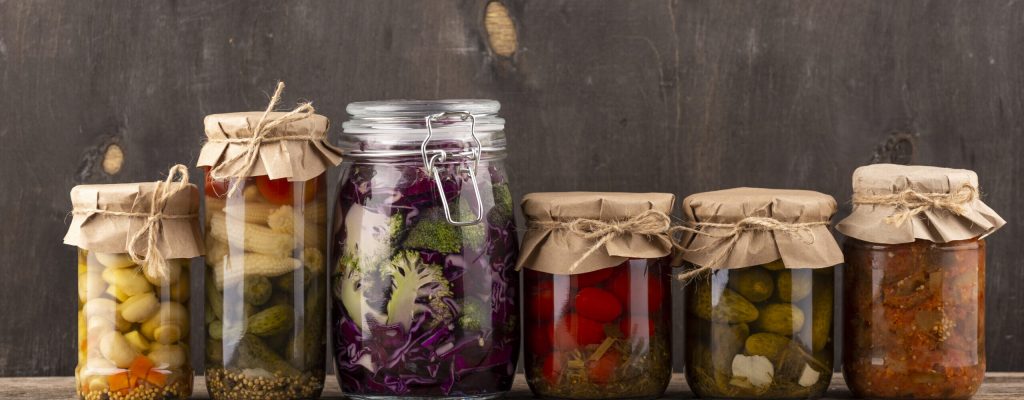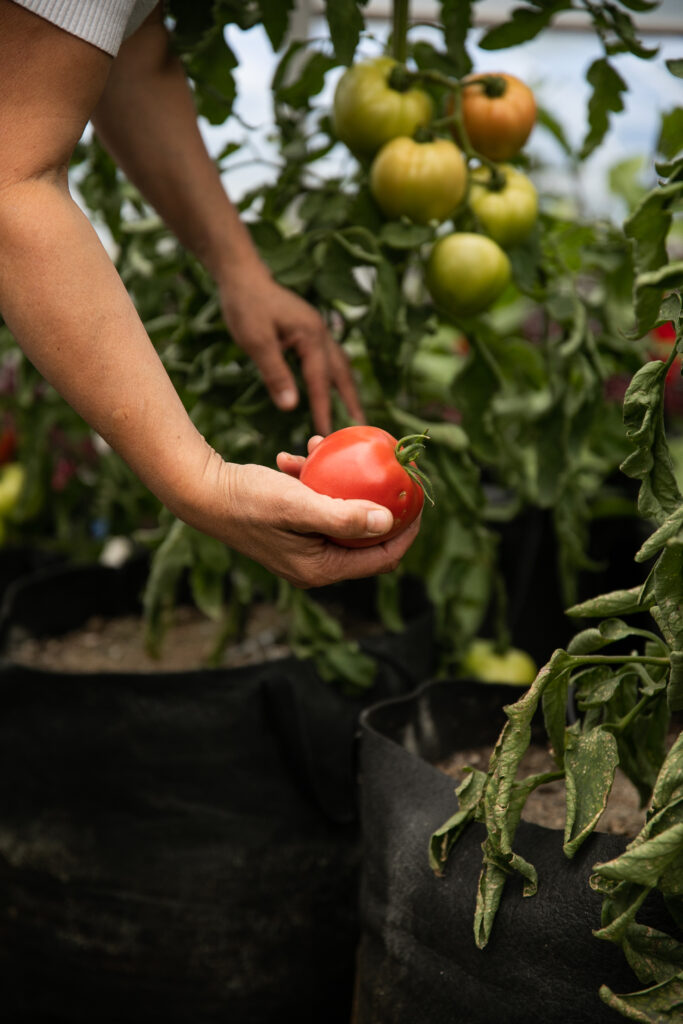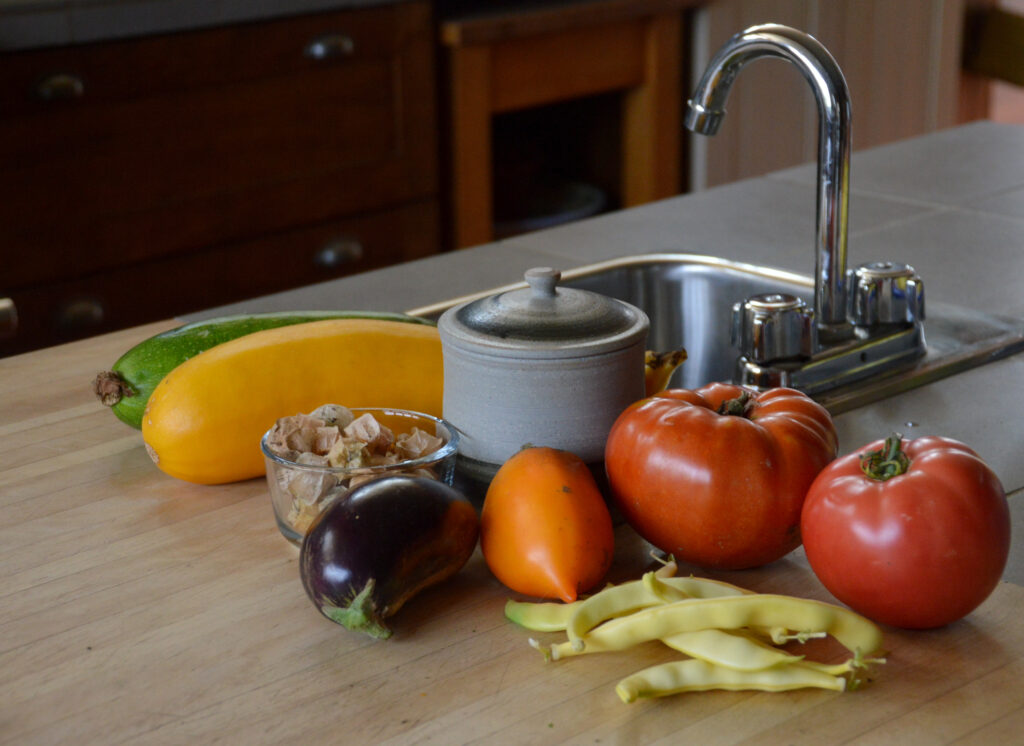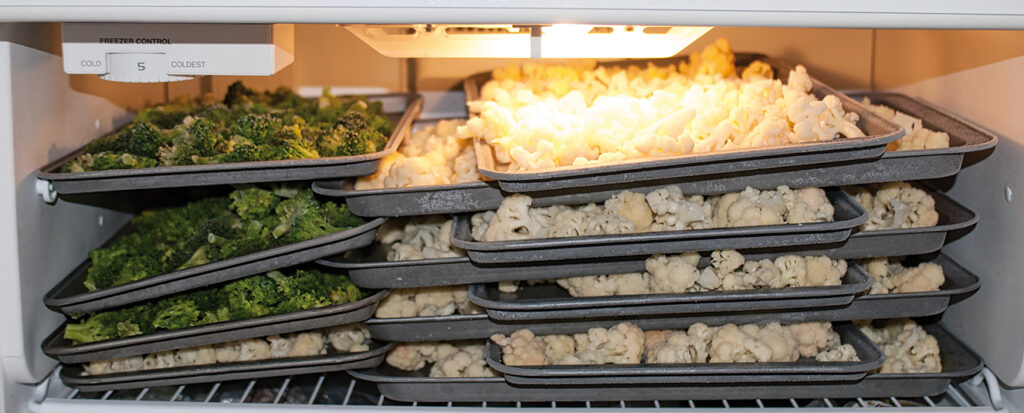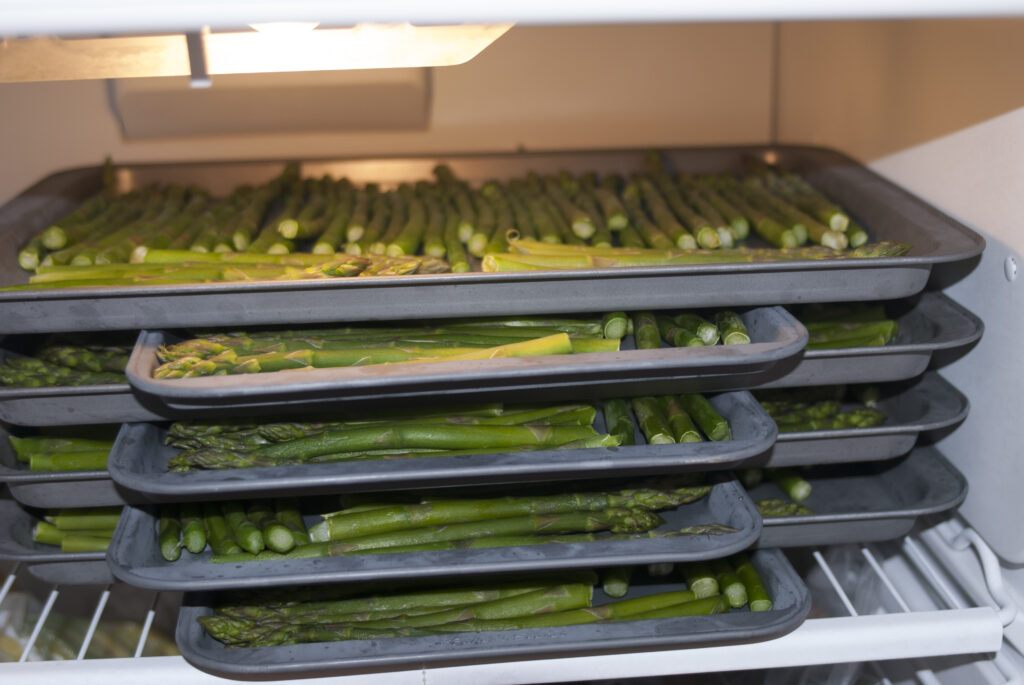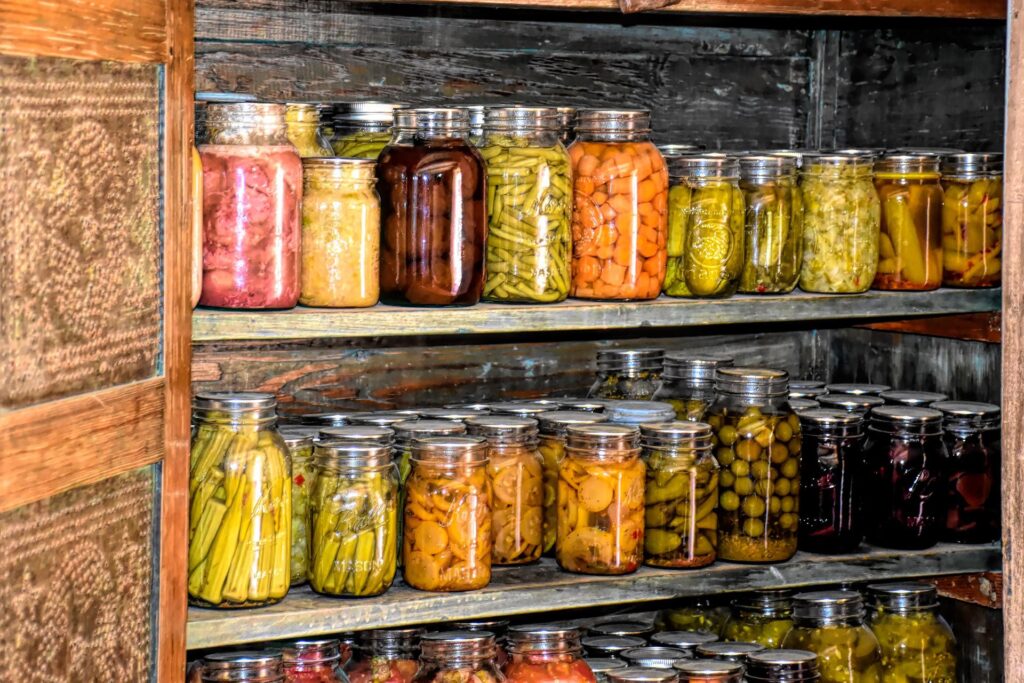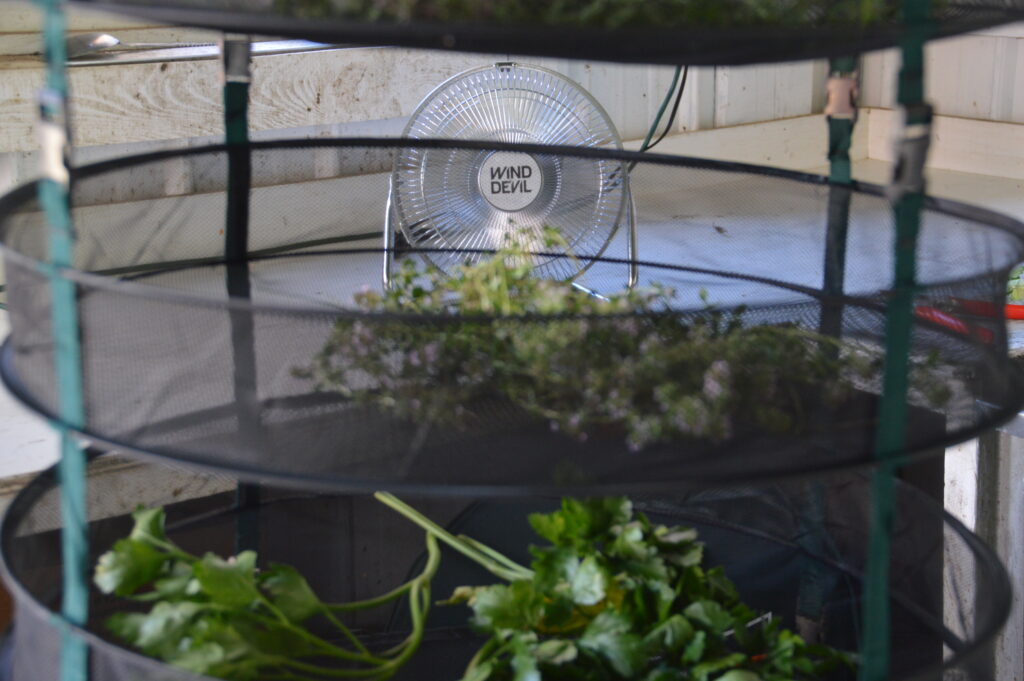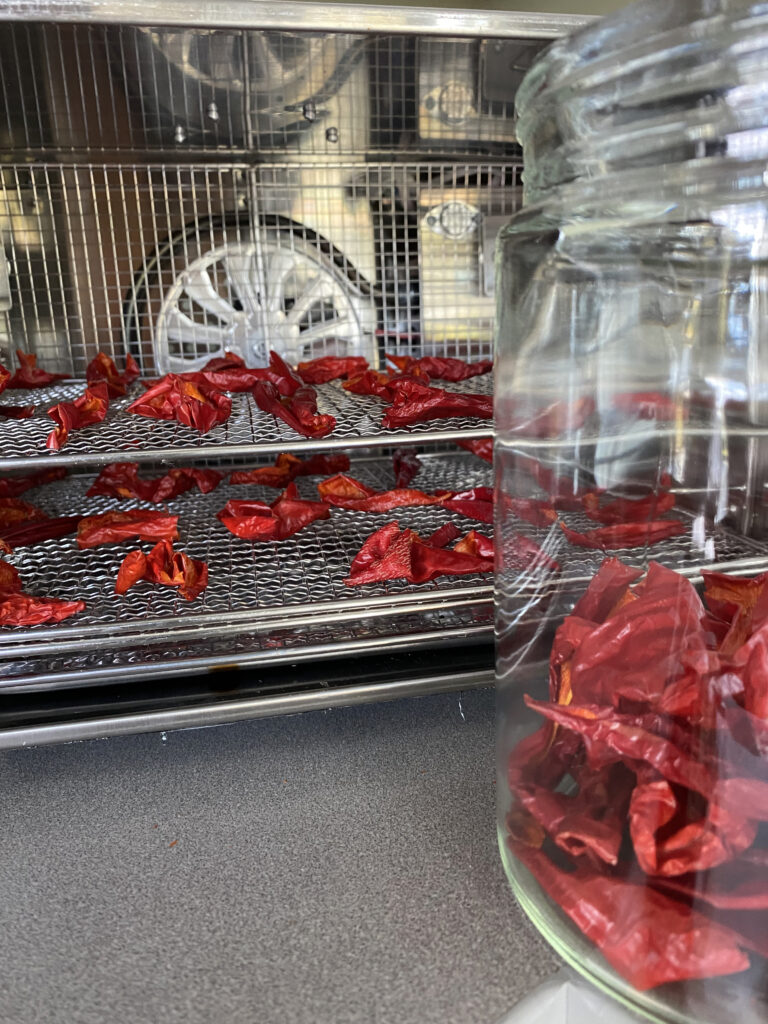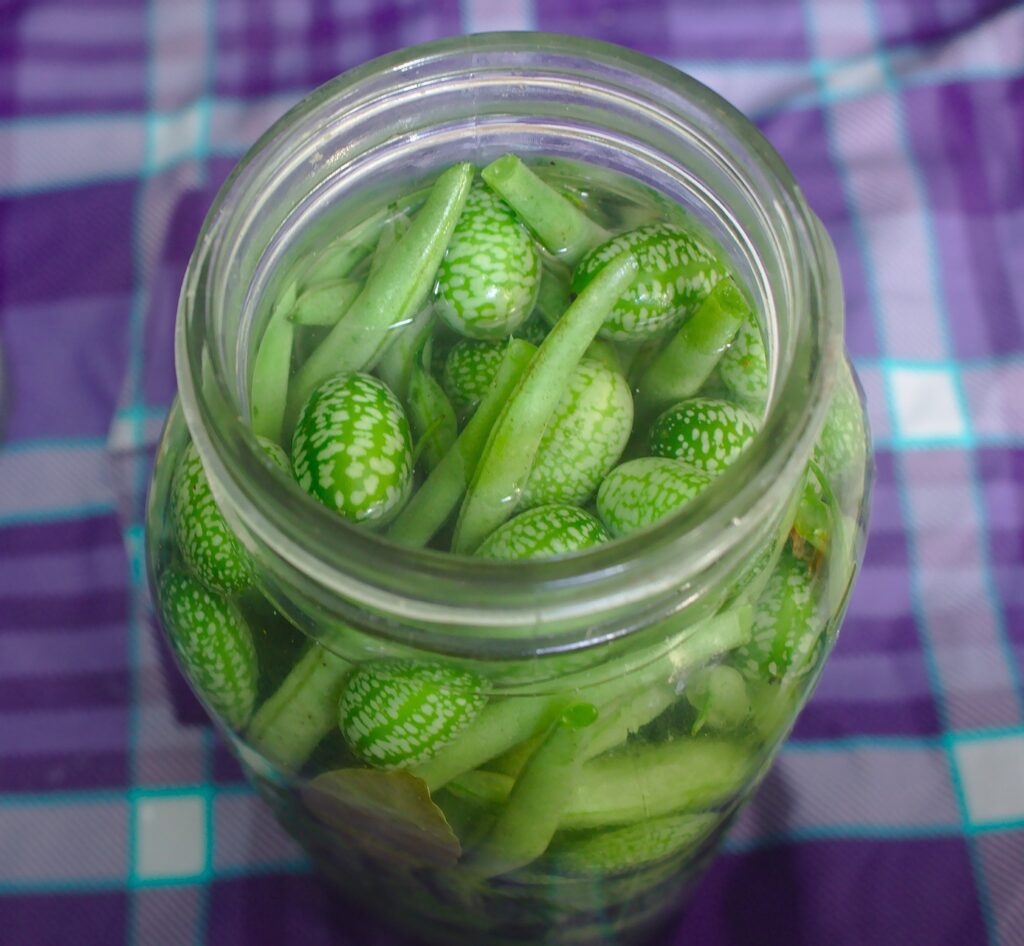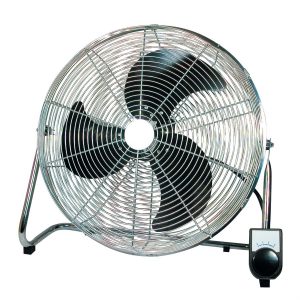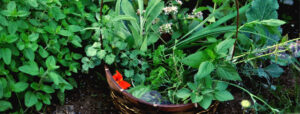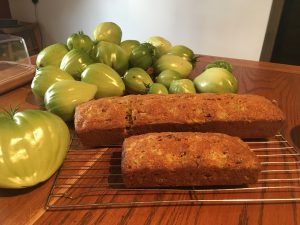According to a study* carried out in 2019, 79% of food losses and waste are caused by the production chain, from producer to retailer. This leaves 21% that the gardener, by going about it in the right way, can avoid.
*Gooch, M., Bucknell, D., Laplain, D., Dent, B., Whitehead, P., Felfel, A. and Glasbey, C. (2019). The Avoidable Crisis of Food Waste – Technical Report.
Once harvested, if the vegetables cannot be consumed immediately, they must be preserved.
The shorter the time between harvest and consumption, the higher the nutritional value. It is the vitamins that are the first to degrade.
Climacteric or not?
Some fruiting vegetables continue to ripen once picked, others do not:
Storage in the refrigerator
It is generally around 4°C. The ideal storage time varies for each type of vegetable:
- 1 2 days in : edible flowers and because;
- 3 to 5 days: Swiss chard, broccoli, spinach, Herbs, bean costs, mesclun, rocket et bok choy;
- 1 week : Eggplant, chicory, cauliflower, ccurly hou (castle), cucumber, zucchini, lettuce, green onion, pimento, p , radish et tomato;
- 3 weeks and more: beet, carrot, cabbage, squash winter, French shallots, hub, onion, parsnip, potato and leek.
Freezing
It involves freezing vegetables at a very low temperature, between -18 and -20°C. There are several methods:
- In resealable bags (Ziploc type) : in this case, it is necessary blanch the vegetables since, as we extract the air with a straw, there is still some in the bag. This presence of air in the bag risks causing chemical reactions which degrade the quality of the product and which can lead to the presence of toxic bacteria or mold;
- Under vacuum : we freeze without blanching. The only exceptions are the headed cabbages, cauliflowers and broccoli that we must whiten. This method requires the purchase of a vacuum freezer machine and bags. It is easier and requires less time than the method using leak-proof resealable plastic bags.
Preserved under vacuum, vegetables retain their nutritional values and their shelf life is extended by several months.
Whitening time
Depending on the vegetables, blanching time varies from 2 to 5 minutes. Most often it is advisable to immerse the vegetables in boiling water. However, this technique transfers some of the vitamins into the cooking water and these are therefore lost for nutrition. A better method is to steam blanch using a daisy chain. You must then adapt the cooking time. This method has the advantage of retaining more nutrients and allows the vegetables to take on less water.
Subsequently, after rinsing the vegetables in cold water, they are soaked for a few moments in a tray of iced water before draining them to freeze them.
Freezing without blanching
Once washed, the vegetables are cut up and placed on a cookie sheet in a freezer. Once frozen, we take them out and place them in the vacuum bags. They are then quickly returned to the freezer.
Conservation is often criticized for requiring time. What we forget is due to the fact that the vegetables are already cut, so in the evening when we are in a hurry, the meal is prepared very quickly.
What vegetables and herbs to freeze?
- Fruit vegetables: bean green and dry, corn sugar, pimento, because, p , and tomato;
- Leafy and flowering vegetables: asparagus, Swiss chard, broccoli, cauliflower, Brussels sprouts, ccurly hou (castle), bok choy, leek et rhubarb;
- Herbs : most can be easily frozen.
Cold canning in jars
This is the quickest method and the one that avoids overcooking the vegetables. The procedure is as follows:
- cut raw vegetables;
- place them directly in a clean Mason jar;
- pack lightly;
- pour boiling water up to the neck of the jar, leaving an empty space of 5 mm to 2,5 cm, according to the manufacturer's canning recommendations or recipe;
- place the jars in an autoclave and follow the manufacturer's recommendations for sterilization time.
This method avoids loss of nutritional values during blanching.
Hot canning in jars
The method is the same as for cold canning in jars. The difference is that once the food is cut, it is blanched or cooked, as with freezing, before filling the jars and sterilizing them.
Whether for hot or cold jarring, follow the manufacturer's recommendations for sterilization time.
Vegetables to store in jars
- Root vegetables : beet, carrot, etc .;
- Leafy greens: Swiss chard, Brussels sprouts, etc.;
- Fruit vegetables: bean green, corn sugar, pimento, because, p , and tomato.
Drying
Herbs can be dried (see Écouinfo Harvesting and preserving fine herbs), fruit vegetables (chili pepper, tomato, pepper, etc.) and certain root vegetables (beetroot or carrot).
There are several methods:
- Air drying: it consists of hanging upside down small bouquets of stems or braids of fruits such as peppers. To protect them from light and dust, they can be placed in a perforated paper bag. You can also use the Pro floor fan to reduce drying time. THE folding hanging dryer Stack! is also very practical;
- Oven drying: as it is energy-intensive and the ovens do not provide low enough temperatures (below 35°C) and regularly, we avoid using it;
- The drying with dehydrator : we use equipment that requires an investment. However, in the long term it is easy and quick. The dehydrator consists of a motor, a resistor and a fan that circulates the air. Drying is done from the base in vertical dehydrators (the cheapest). In the horizontal dehydrators, the fan is placed at the bottom of a box into which trays are slid. The vegetables are cut up to facilitate drying.
The drying time can range from a few hours to more than 2 days depending on the vegetables and the type and model of dehydrator used. We follow the manufacturer's recommendations, but above all we do our own tests. We check the drying level daily to prevent the vegetables from becoming too dry. Once dried, they are put in airtight pots.
Lactofermentation
This very old method of preservation consists of cutting food before plunging it into salt water and depriving it of contact with air. During this maceration, lactic acid bacteria, good bacteria, will develop and then proliferate by feeding on the sugars present in the food. These sugars will be transformed into lactic acid. This leads to an acidification of the environment and an elimination of the microorganisms responsible for mold. When the lactic acid content reaches a certain threshold, a balance is created and fermentation stops. We can thus extend the conservation for several years.
One of the great advantages of lactofermentation is that it preserves the vitamins and minerals of vegetables, but also increases their number.
Vegetables that can undergo lactofermentation are cabbage, carrots, beets, cucumbers, beans greens, green tomatoes, pickles and onions.

